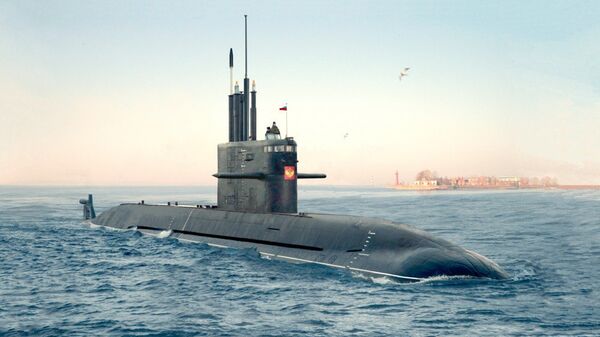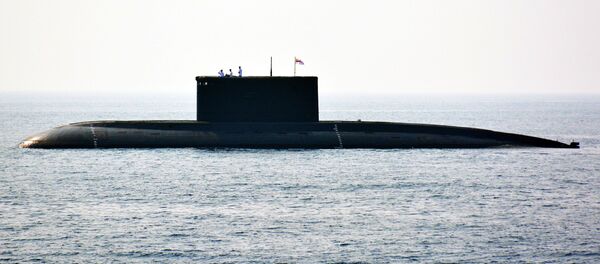The newly-designed air-independent propulsion units will spare the Project 677 Lada-class submarine the need to surface or use snorkel tubes to breathe air, thus exposing itself to detection by radar and other sensors.
Thanks to its anaerobic engines, the Kronstadt will be able to stay submerged for weeks and be less exposed than conventional diesel-electric subs.
Air-independent (closed cycle) submarines usually use hydrogen-oxygen fuel cells and are quieter compared to the diesel-electric boats that exist today.
The Russian-designed air-independent power plant (AIP) differs from its foreign analogues in that it obtains hydrogen within itself by reforming the onboard diesel fuel.
The Lada-class submarines, which carry six 533-mm torpedo launchers and can fire cruise missiles, are designed to defend naval bases, coastal waters and sea communication lines.
They can be effectively employed against both surface ships and submarines.
There are currently over 50 AIP submarines in service around the world, with the number likely to double in the coming decade.




